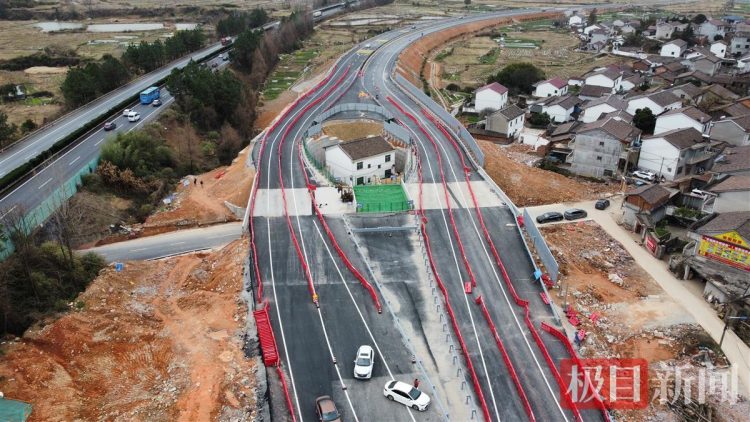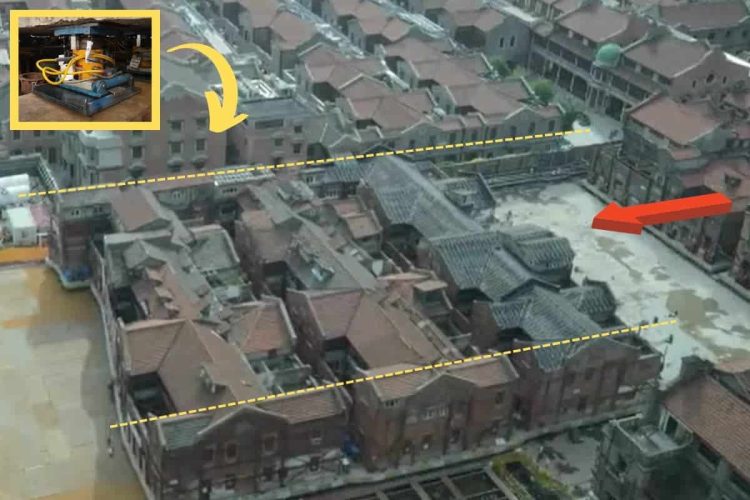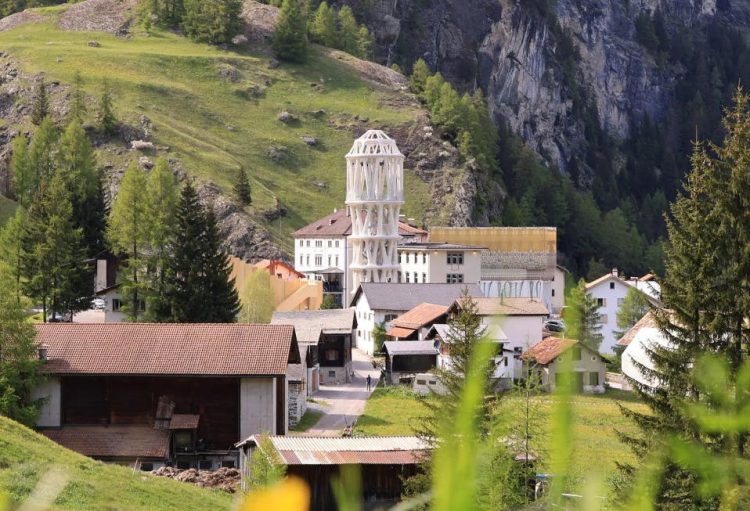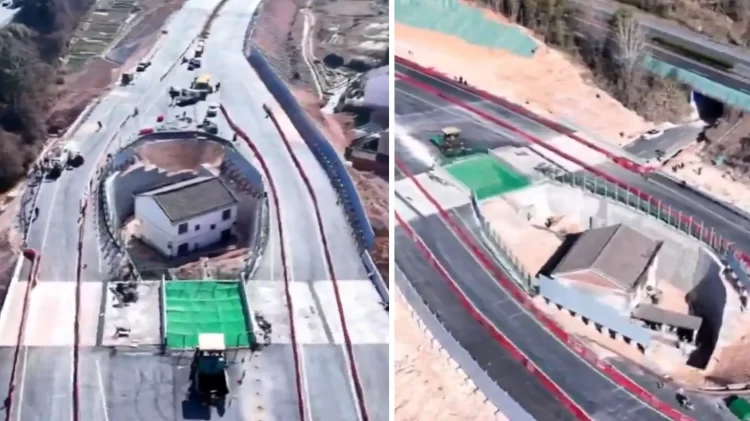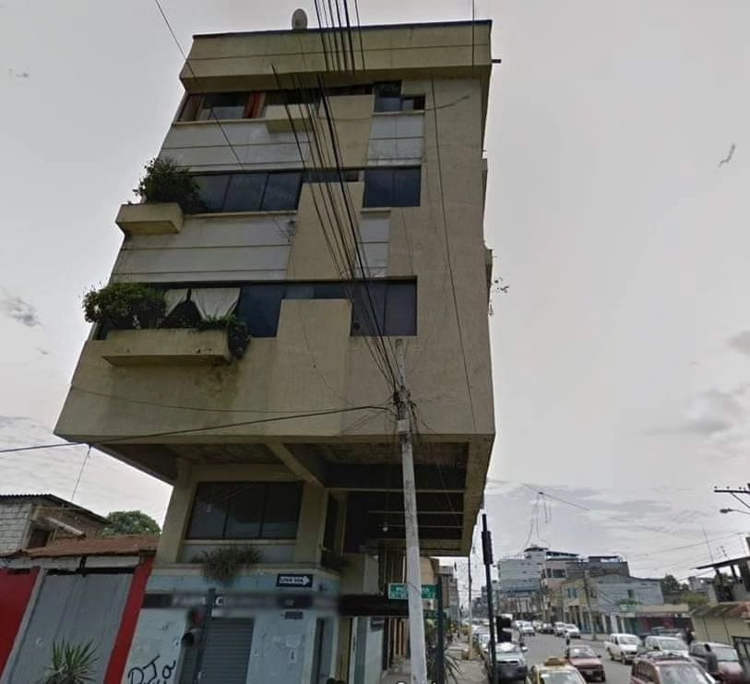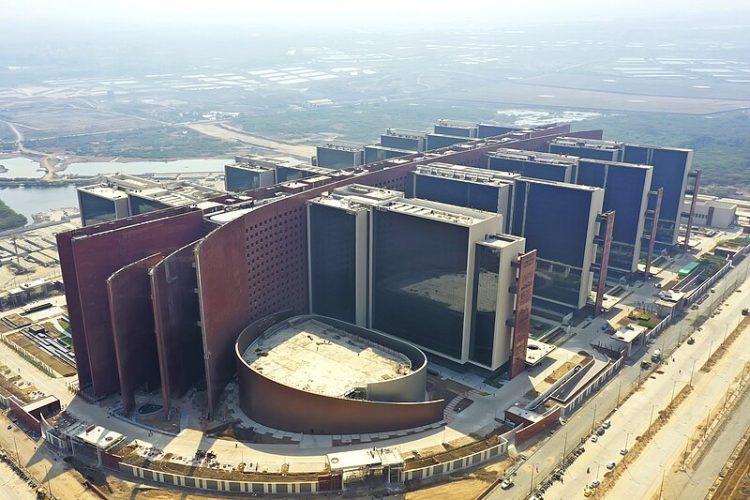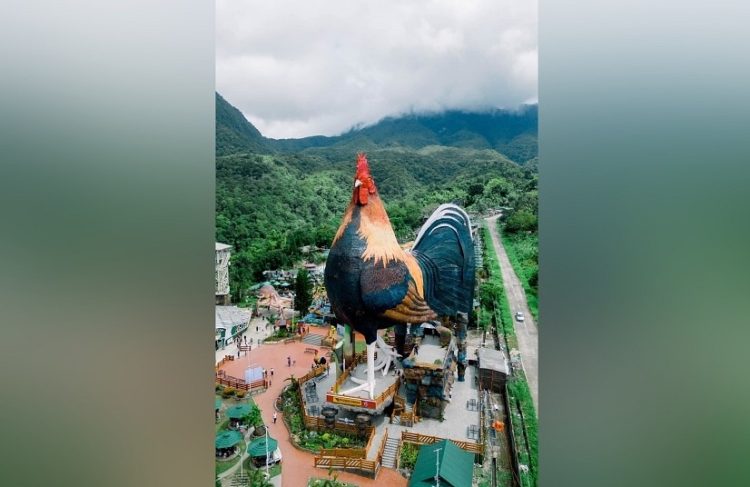Chichen Itza, the pre-Colombian archaeological site built by the Mayans in northern Yucatan, Mexico, is home to many architectural and cultural wonders, one of which has baffled acoustics experts for decades.
The Temple of Kukulkan is one of the most visually-striking structures at Chichen Itza, but perhaps its most intriguing characteristic is acoustic, not visual. Clapping at the base of the Mayan pyramid causes an echo that closely resembles a bird’s chirp. Do it repeatedly, or in a group, and the echos will sound like a chorus of ghostly chirps rolling down the steps of the impressive structures. It’s one of those tricks tour guides use to impress visitors, but it’s actually no gimmick. Acoustic experts have been fascinated by the “Chichen Itza Chirp” ever since it was documented by an acoustic engineer in the late 90’s, but so far no one has been able to demonstrate if the architects of the pyramid designed it with the specific echo in mind, or if it was accidental.
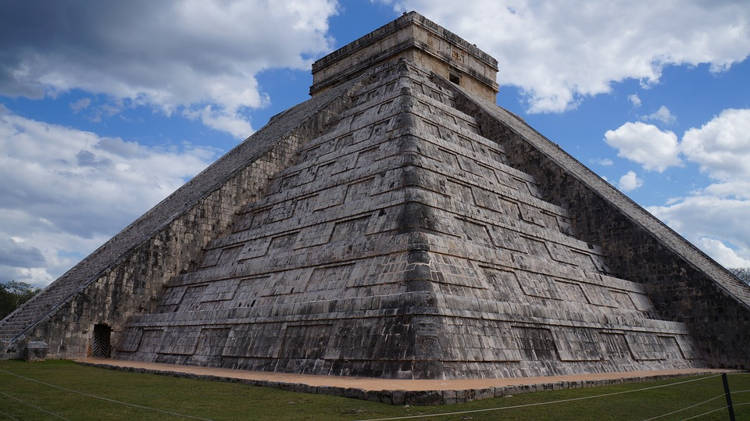
Photo: Vinicius Kern/Pixabay
The Chichen Itza Chirp became a hot topic of discussion among acoustic experts in 1998, after being documented by California-based acoustic engineer David Lubman. He described the echo of a clap at the base of Kukulkan’s Pyramid as the distinct call of a bird, and his account inspired other acoustic experts to visit the Mayan site and experience the sound for themselves. Some even started studying it.
Nico Declercq, an acoustic expert at Ghent University, in Belgium, was one of the many scientists who ventured to Chichen Itza to study the mysterious echo. After studying the architecture of Kukulkan’s Pyramid and performing various calculations and experiments, Declercq and his colleagues concluded that the architects must have known about the echo produced by the hollow chamber at the top, but they couldn’t demonstrate that they knew it sounded like a bird.
The fascinating thing about this special echo is that it is tied to the sound it follows. You only get a chirping sound if you clap at the base of the temple. If you beat a drum or scream, you get a different sound altogether, so it’s virtually impossible to know if the Mayans knew about the echo a clap would produce, or if they tweaked the design after its construction in order to get this specific sound.
One thing is for sure, there are indications that the Chichen Itza Chirp was no accident. Acoustic and bird experts agree that the chirping sound closely resembles that of the quetzal, a majestic bird worshiped by the Mayans as a “god of the air”.
Also, the Temple of Kukulkan is famous for being so precisely constructed that at the equinoxes, the sun striking one side casts an undulating shadow down the stairway that closely resembles a snake. In case you didn’t know Kukulkan, the “Plumed Serpent”, is a serpent deity. If they could calculate that, it’s not impossible to believe that they planned for the chirp echo as well.
But the actual intention of the builders is still up for debate. During his analysis, Declercq also noticed that the echos of people steps as they climbed up the stairs of Kukulkan’s Pyramid sounded a lot like rain falling into a bucket of water. The rain god played an important part in Mayan culture, so that may not be a coincidence either.
Nico Declercq’s study found that the height and spacing of the pyramid’s steps creates an acoustic filter that emphasizes some sound frequencies while suppressing others, but also that the echo is influenced by other factors as well, such as the mix of frequencies of the original sound.
We may never have an answer to the question ‘was the Chichen Itza Chirp’ intentional, but that doesn’t make the echo itself any less impressive. If anything, the mystery only makes it even more interesting.


